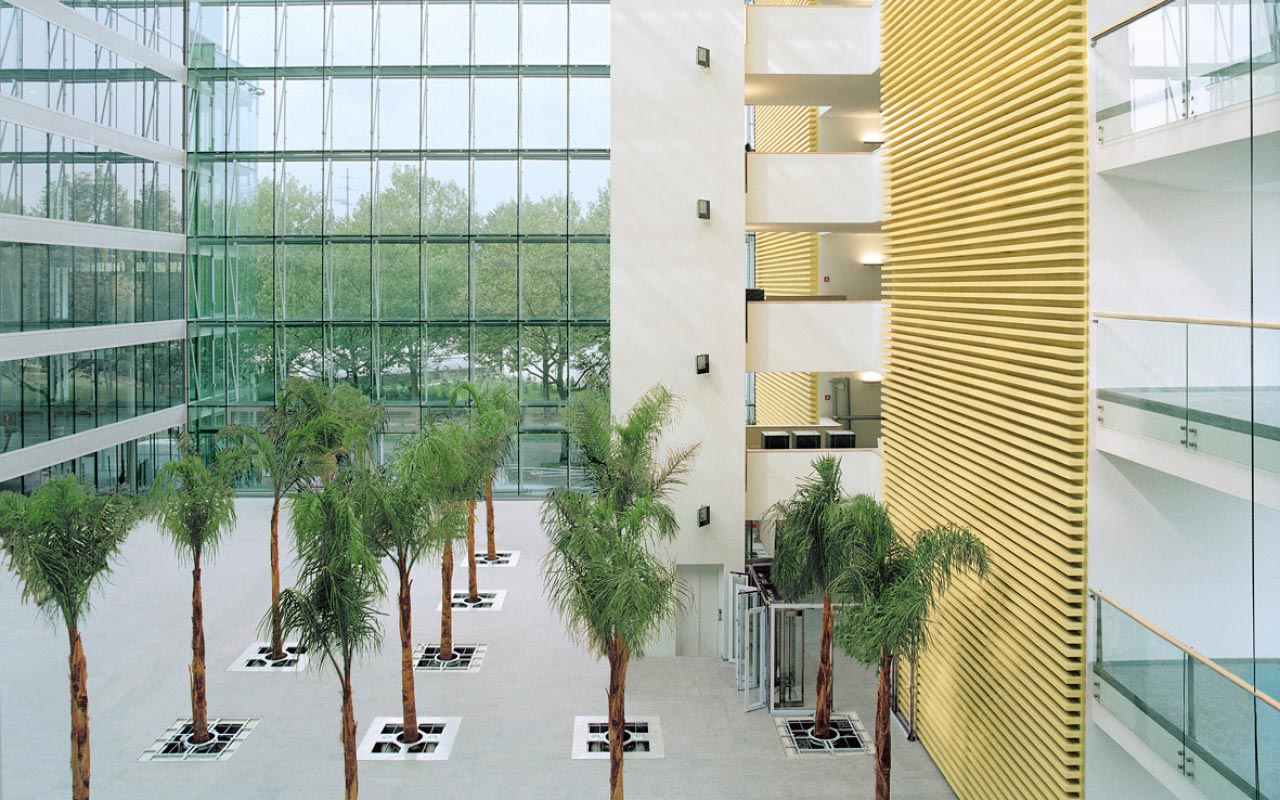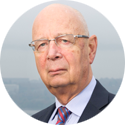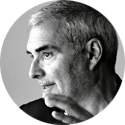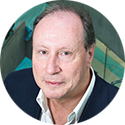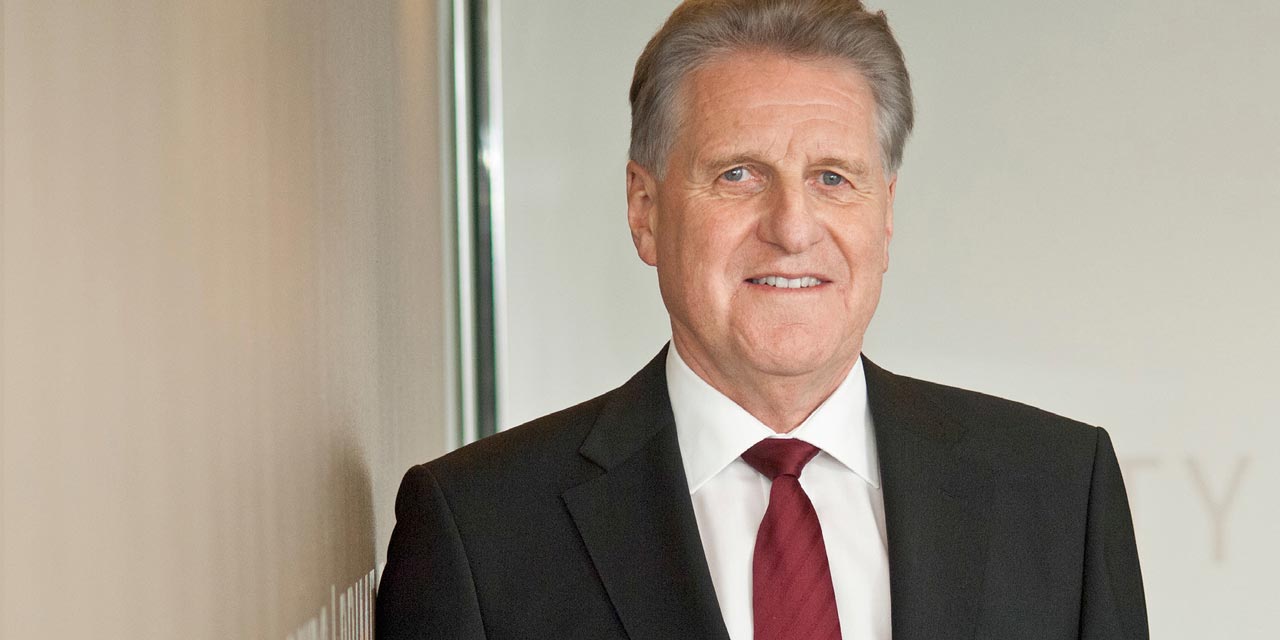
“I have always been willing to fight for good projects”
Markus Graf can contemplate part of his life’s work directly from the 34th floor of the Prime Tower. In his lifetime, he has invested CHF 38 billion in construction – much of it in Zurich. Nobody has a better feel for Swiss real estate than the CEO of Swiss Prime Site. So which buildings have a future?
Mr Graf, you have invested in hundreds of properties throughout your career. Which project are you particularly proud of?
The Prime Tower is the masterpiece par excellence. Standing there today, it’s as if it has always been part of the Zurich skyline. People like it. It has given a great boost to development in the western part of Zurich. Here, too, we brought together the needs of a wide range of stakeholders: public authorities and town planners, tenants and visitors, and neighbours. And Prime Tower has also provided our shareholders with excellent returns and a substantial increase in value.
Referring to Prime Tower, you once said that the most magnificent thing about it is that it has now been built. What did that require?
Imagination, courage, persuasiveness, negotiating skills, persistence, know-how, financial resources, a willingness to cooperate with the relevant authorities, wide-spread public support and, above all, the right partners − from planners, structural engineers, architects, right up to the total contractor. The decision to go with Steiner AG and Losinger Construction AG was absolutely the right one.
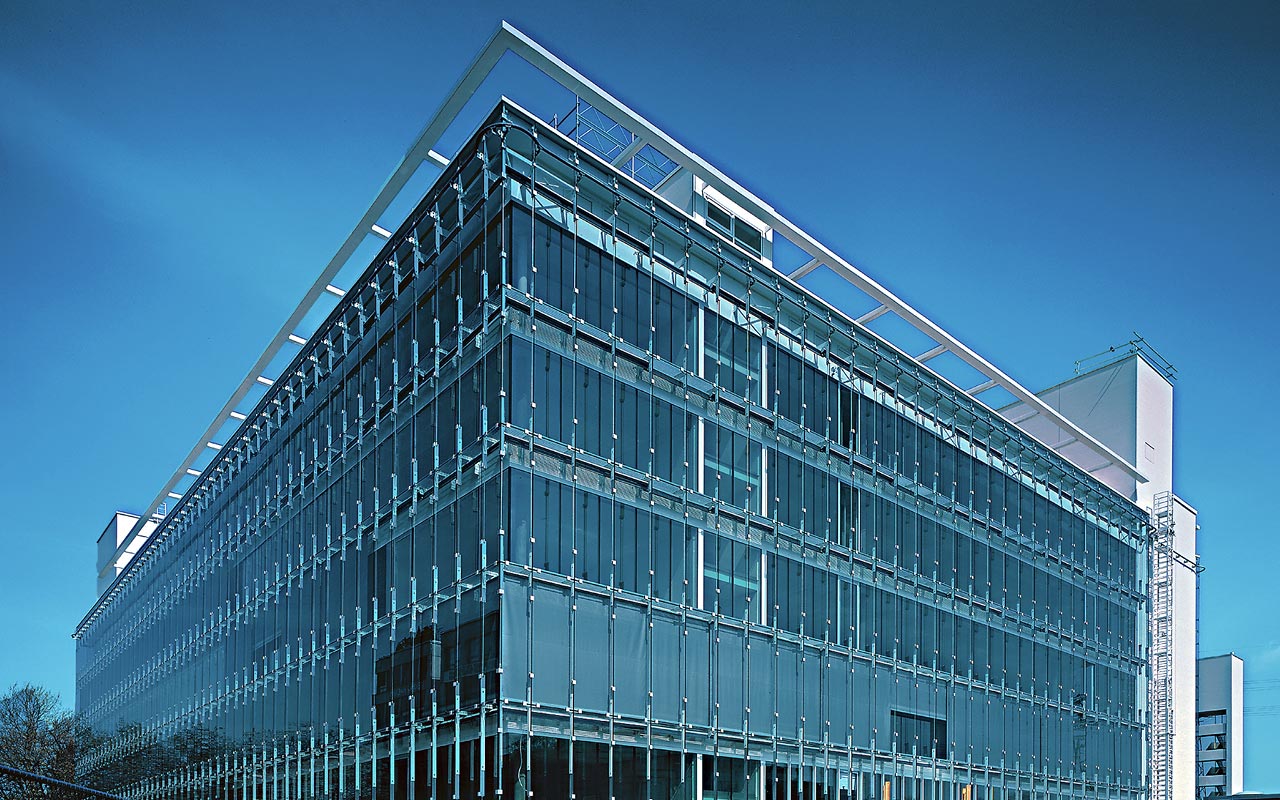
Construction projects depend on political, economic and social factors. How do you manage to choose the right projects to invest in?
The most important thing is for the project to be compelling. For example, with Prime Tower, three aspects were immediately apparent: the exceptional location, the outstanding architecture and the way the building was to be used. The big challenge is then to communicate the building’s compelling nature to public officials, future tenants and the general public. Our many years of experience and our commitment to seeing it happen help us in this respect. I have always been willing to fight for good projects and good ideas.
After many years of growth, the Swiss commercial property market is now experiencing a downturn. Why?
First of all, the financial sector is sluggish. Second, the trend is for companies to optimise their office space requirements, i.e. space per workstation and per employee has been reduced. Third, offices have been relocated away from the city centres. This trend was and continues to be positive for us, as demonstrated by SkyKey, our Steiner-built commercial building in the northern part of Zurich. The sole tenant, Zürich Versicherungs-Gesellschaft, has combined several locations there.
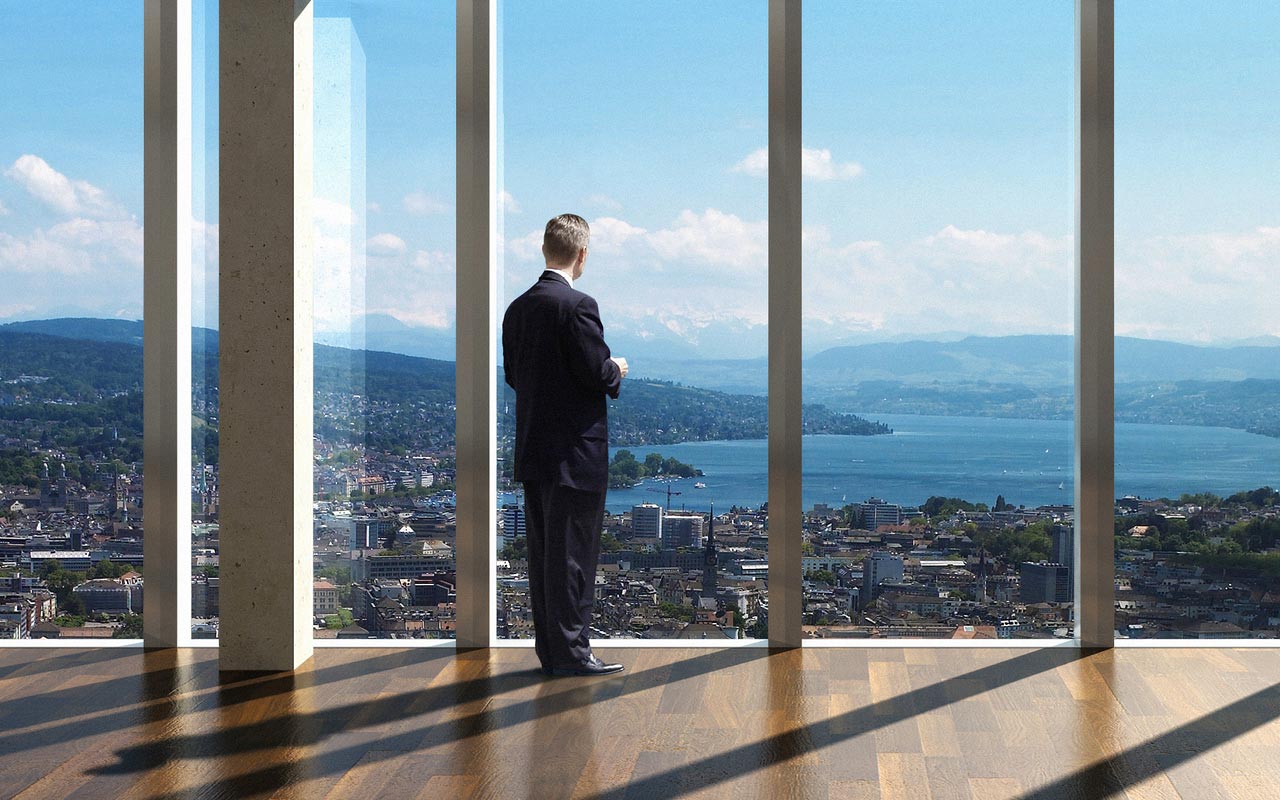
Which mega-trends do you foresee for the property market?
The time when land was set aside for large new construction projects is over. Growth is now inwards. Industrial and commercial sites are being used to develop new neighbourhoods. In existing residential areas, more buildings are being added and buildings are being extended upwards, thereby creating more residential space without having to develop any additional land. Moreover, in Switzerland there is a great demand for upgrading existing buildings.
One mega-trend is the ageing population. In 2013, SPS acquired Tertianum, a major private operator of retirement homes, thereby adding the business field of age-accommodated residences to its portfolio. We will be increasing our real estate portfolio to CHF 1 billion in this area.
Secondary residence initiative, Ecopop – does the threat of over-regulation exist?
Yes, for sure. Political motives are increasingly replacing market mechanisms and economic reason. I deeply regret this development because it doesn’t solve any problems and leads to unnecessary additional costs. As long-sighted investors, we want to take the requirements of all stakeholder groups into account. For example, we campaign for sustainable concepts that reflect solid city-planning principles and we see to it that our developments blend harmoniously into public spaces. We also do this in our own interest. We don't need more regulations and restrictions to achieve this.
